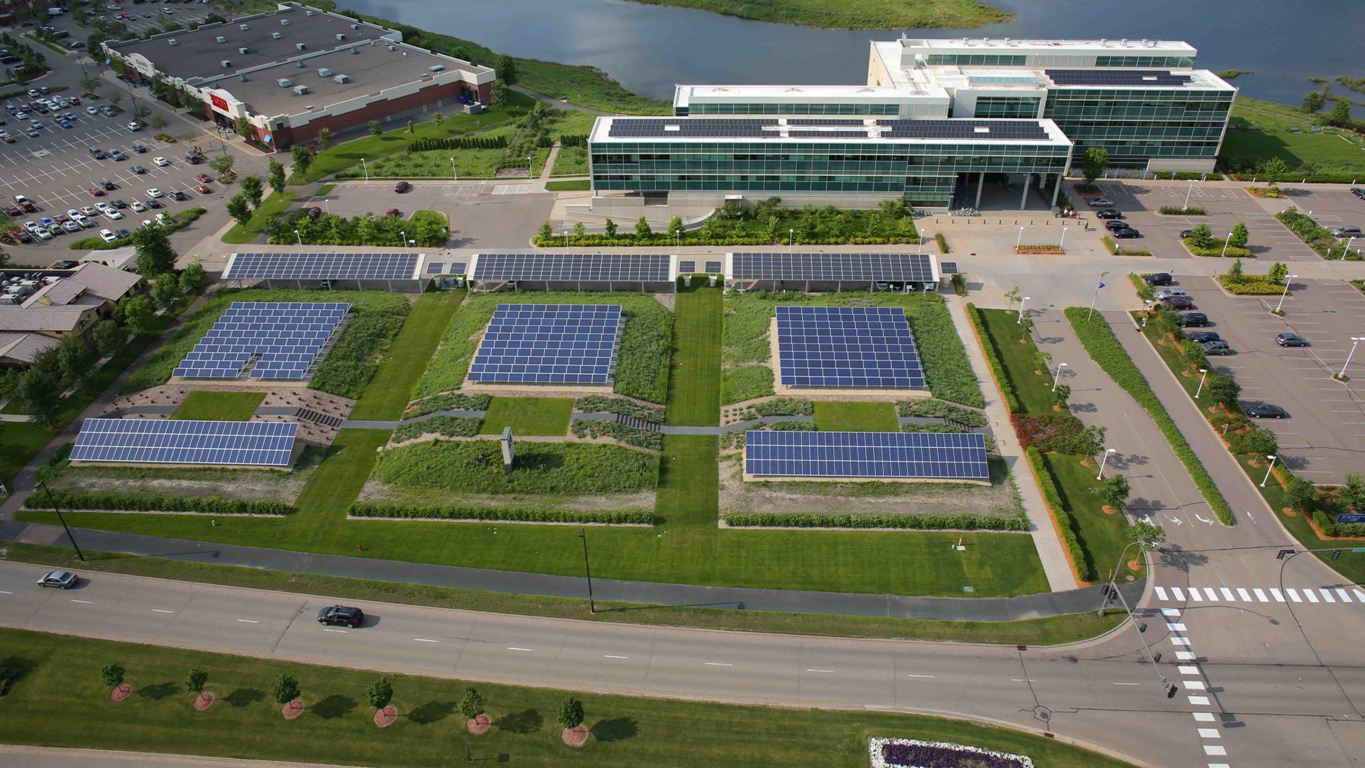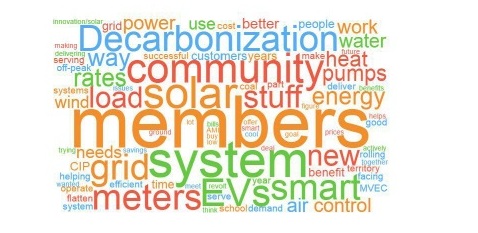
At one time, electric cooperatives were just about building lines and poles.
Now, they’re about reliable and affordable service, and providing members with choices and more control of their energy future.
That’s the conclusion of a study that looked at 10 electric cooperatives in Minnesota to find out what makes them tick and how policymakers can take that into account.
“We discovered a culture that is extremely cost-conscious, and at the same time willing to take strategic risks in the best interest of the membership,” researchers from the independent, Minneapolis-based Center for Energy and Environment (CEE) concluded.
“Our interviews with cooperative leaders illustrate that cooperative utilities are not sitting still—they are open to the changes affecting the utility system and electric energy markets,” they said.
The 33-page report, Minnesota’s Electric Cooperatives: Laboratories of Utility Innovation, is based on interviews and reviews of 10 of the state’s co-ops.
They ranged in size from Great River Energy, a G&T in Maple Grove that provides power to about 665,000 consumer-members, to 6,500-member Nobles Electric Cooperative in Worthington.
“Minnesota is home to some of the most well-run and innovative utilities in the nation,” Mike Bull of CEE said as he introduced Great River Energy CEO David Saggau at the center’s Energy Policy Forum in January.
Darrick Moe, manager of MREA, the cooperative statewide association in Minnesota noted, “It is great to have a third-party summary of some of the innovative things cooperatives are engaged in, as they pursue value for their member-owners.”
MREA Director of Government Affairs and Counsel Jim Horan provided some assistance in organizing the interviews.
“As CEE concluded from conducting these interviews, cooperatives take on projects that are in our members interest, and the cooperative model also provides the flexibility to allow us to move forward in pursuit of these objectives,” Horan said.

Among the highlights cited in the report:
Load management. All 10 co-ops emphasize load control and rely on electric water heaters for load management. “Great River Energy can call on 165,000 distributed electric water heaters to shave load and act like a battery to effectively store wind energy at night.”
Energy efficiency. Co-ops reported that they are committed to efficiency “because their members expect it.” Only two of the co-ops have experienced recent increases in electricity sales, underscoring the role of efficiency.
Advanced metering. The state’s co-ops have been leaders in advanced metering, with five of the distribution co-ops having completed their adoption. “Minnesota’s electric cooperatives are far ahead of their investor-owned and municipal brethren in this regard.”
Business model. Researchers said they were “very impressed” with the way co-ops continually try to improve their business model. That includes the 12 co-ops that purchased Alliant Energy’s southern Minnesota service territory and formed the Southern Minnesota Energy Cooperative.
Read the full white paper on electric co-ops and innovation.
Steven Johnson is a staff writer at NRECA.